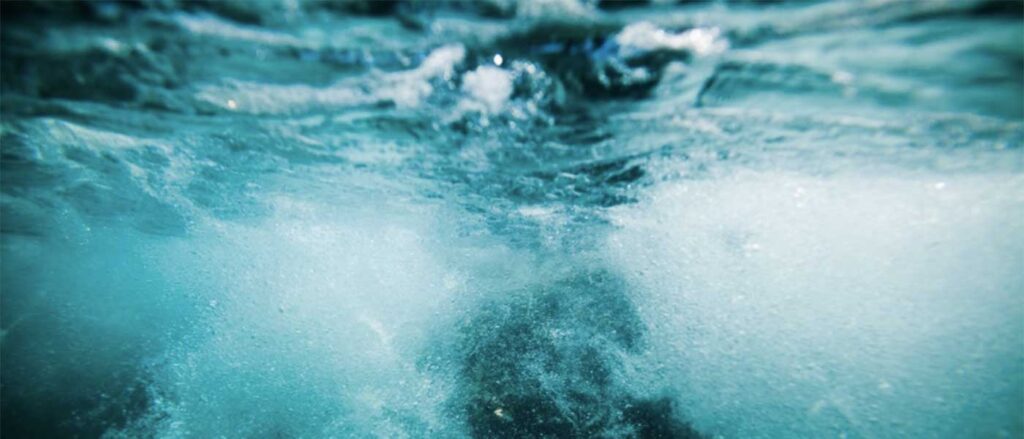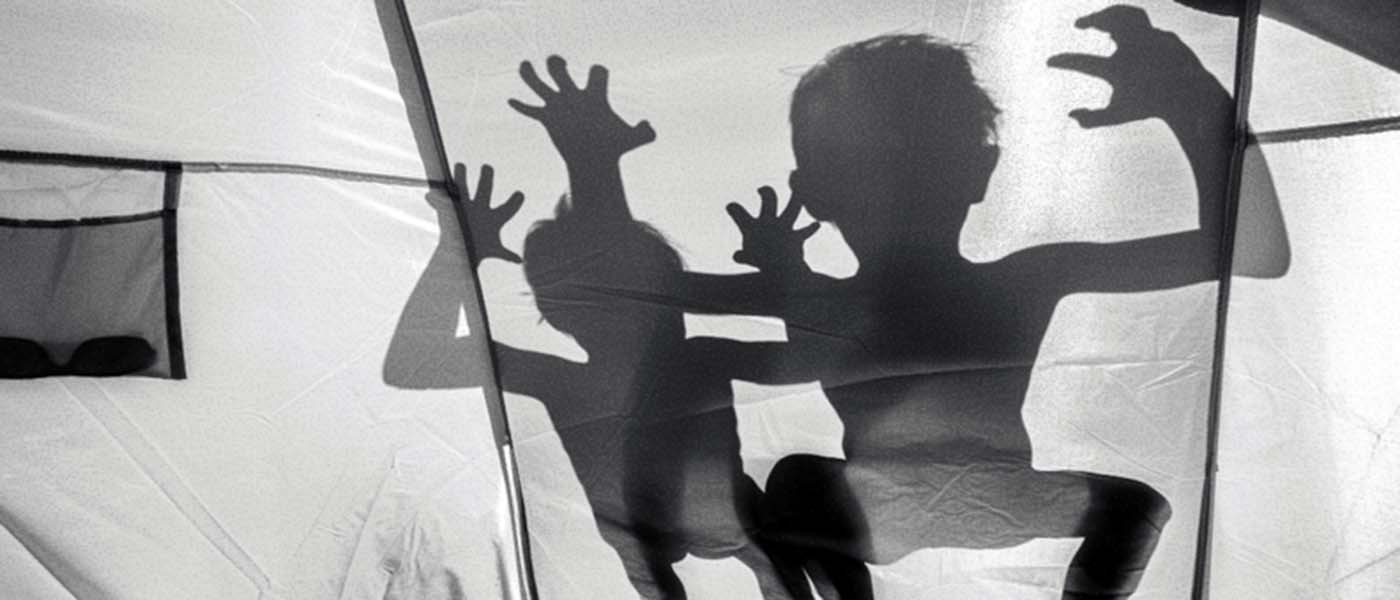I drove with no GPS. After what happened, getting lost seemed like a good idea. South Boston borders on Dorchester and I drove through some sketchy neighborhoods until I found the beach. The ocean was dark in the late afternoon sun. It was about 7 o’clock, cool, almost dusk. There had been a storm and there were algae and krill and hundreds of jellyfish washed up on the beach. I threw a few of them back, the jellyfish, trying for their survival. At that moment, survival was my focus.
They were so perfectly clear. I remember that I could see right through them, as if they had no organs at all. Their tentacles must have been ripped off, too, because they didn’t sting me when I touched them. I couldn’t stop myself from touching them, either, or him me for that matter, regardless of my consent.
They’re called Moon Jellyfish, I later learned. I needed to understand what had happened to them, what had happened to me. When I got home that night, one article I found online explained that the clear disk that washes up on shore is the most durable remnant of the creature.
And so, they had been dead to begin with, long before I got there. It had been as fruitless a task to pick them up and chuck them into the surf as it would have been to keep trying to say no, to try to get him to stop. It had been like we were in a marathon. He couldn’t pass the finish line, but that didn’t exclude mile 26. Now the jellyfish, what was left of them, would just keep floating back to shore. My actions couldn’t make either situation better. All I could do was try to hide the evidence of what had occurred beyond the tide.
That night I researched the different types of oceanic tides. Most shorelines have two equal highs and two equal lows, in a phenomenon known as “semi-diurnal.” There is a regularity to their presence, a predictability even when one weighs in the fact that these tides are generated by larger waves that travel the world once over before they reach their final destination. There is actually a delay in the phase of moon in relation to the tide in some places. This is true even though it is the moon’s direct influence that controls the motion to begin with. Some tides, though, are what can only be called irregular, or “mixed tides.” In these cases they are difficult to predict.
So, unaware of these patterns, unaware of how tides behave, I had found myself caught in him, a true rip, the kind that pulls you out almost before you even realize it’s happening. Suddenly I was adrift far off shore and the vast majority of that power that took me there, whatever promised something there was, the reason I went along with it for so long in the first place, was gone. All that was left to do was tread, to try and get back to where I was before I felt unsafe in my own skin.
When I had been with him, I remember reading an article that said you only deserve what you work hard enough for. Maybe that’s why I stayed so long, because that is how you achieve something, by working for it. But I kept throwing the dead jellies back and it didn’t work, they didn’t come to life. They, the rip, the tide were all already decided before I got there. What that article failed to recognize was that in life you can only work so much for what you want. The rest depends entirely on somebody or something else. It depends on learning how to identify life’s tides, whether he’s a true rip or just a simple undertow that pulls uselessly at your ankles. After that night I realized that I could not undo what had happened anymore than I could save those hundreds of jellyfish.
I wondered then if it was partially my fault. Didn’t I go into the bedroom willingly? Didn’t I take my shirt off? Even though I said no, didn’t I step into the surf?
It’s estimated that about 46 people, maybe more, die every year of drowning in rips in the United States. Rip tides are hard to identify. They disappear and reappear like magic in the surf. There are some tell-tale signs, though. There is a notable break in regularity. Among the many similar waves there is sudden dissimilarity. The water looks churned up – there’s a sense of trouble. But sometimes the only real indicator of a true rip is when it pulls you in first.
Even after learning all of this, though, even through all that, I kept fighting. I kept trying to get back to that place, which was maybe not even there to begin with, when I thought, if for only one moment, he truly liked me. I wanted back to the excitement of our first date, those sidelong glances, the way our arms seemed to touch serendipitously in the movie theater. I only stopped fighting, really, when I realized I had been carried all the way out.
Perhaps there’s a lesson in the tides then. They wreak as much havoc as they do wonder. There are the pools after all, those magical realms of low tide. They’re inhabited only by extremely adaptable creatures, ones that can survive the ups and downs of ocean life. There are also tsunamis and rip tides and undertows. There is the fact that the ocean is inhospitable for humans. We cannot survive just as those hundreds of Moon Jellyfish could not survive on land. And because we cannot survive, the only thing to do when carried away in a true rip is to calmly, but deliberately, make one’s way back to shore.




